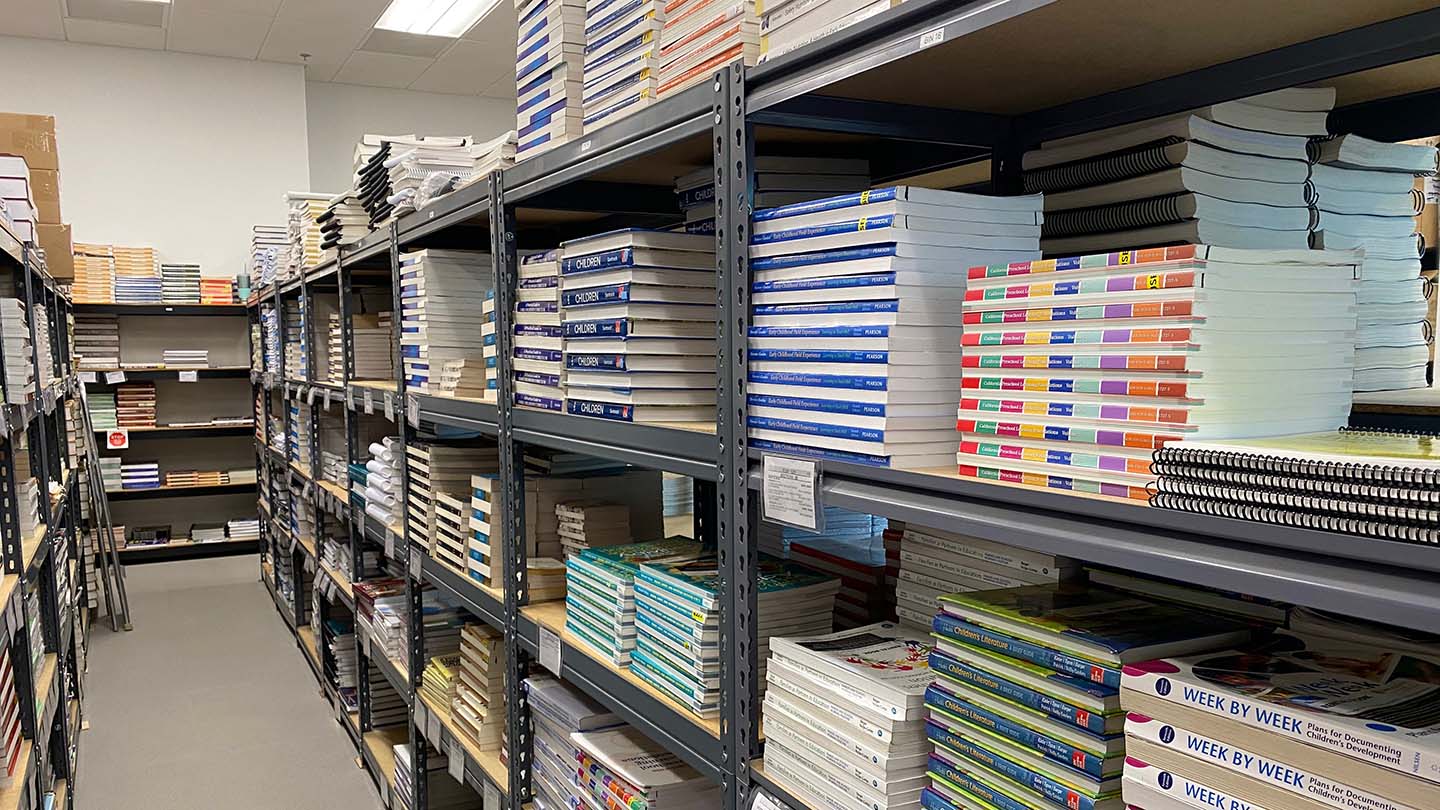If you’re a student or someone who regularly purchases books, here’s what you need to know to master the buyback process.
The Reality of Textbook Costs
When I first started college, I was shocked at how expensive textbooks were. It seemed like every semester, I was spending hundreds of dollars on books that I’d only use for a few months. After realizing how quickly these costs add up, I knew I needed to find a way to cut down on expenses. That’s when I discovered Book Buyback Programs.
How I Maximized My Buyback Earnings
Over the years, I’ve tried different strategies to get the most money back from my textbooks. Here’s what has worked best for me:
Sell Early: As soon as finals are over, I make it a point to sell my textbooks. The sooner you sell, the more likely you are to get a good price. Waiting too long can mean that the demand drops, especially if a new edition is about to be released.
Keep Books Pristine: I’ve learned that the condition of your books plays a huge role in how much you can get back. I always handle my textbooks with care—no writing, minimal highlighting, and keeping them in a safe place when not in use. These small efforts make a big difference when it comes to buyback value.
Use Online Platforms: I’ve found that online buyback platforms often offer better prices than local bookstores. Websites like BookScouter, Amazon, and Chegg allow you to compare offers from multiple buyers, ensuring you get the best deal. Plus, they often provide free shipping, making the process even easier.
Common Mistakes to Avoid
Even with experience, I’ve made a few mistakes along the way that I hope others can learn from:
Waiting Too Long: One of the biggest mistakes I’ve made is holding onto books for too long. Once, I kept a book thinking I might need it later, only to find out that a new edition had been released and mine was no longer in demand. I ended up selling it for a fraction of what I could have gotten earlier.
Not Comparing Offers: Early on, I didn’t realize how much buyback prices can vary between platforms. Now, I always compare offers from different buyers before making a decision. It takes a little extra time, but it’s worth it to get the best price.
Ignoring Buyback Policies: Each buyback program has its own policies regarding book condition, shipping, and payment. I’ve learned the hard way that it’s important to read the fine print. Some programs reject books with any writing or damage, so it’s crucial to understand what they accept before sending your books in.
The Long-Term Benefits of Selling Your Textbooks
Participating in a Book Buyback Program https://booksrun.com/books/sell isn’t just about making a quick buck. It’s also about smart financial management. By consistently selling my textbooks at the end of each semester, I’ve been able to significantly reduce the overall cost of my education. Plus, it’s an environmentally friendly way to recycle resources and help other students save money by buying used books.
Final Advice for Newbies
If you’re new to Book Buyback Programs, my advice is simple: start early, treat your books well, and always compare offers. It might seem like a small thing, but over time, these practices can save you hundreds of dollars. Don’t make the same mistakes I did—learn from them, and you’ll be on your way to mastering the book buyback process in no time.














